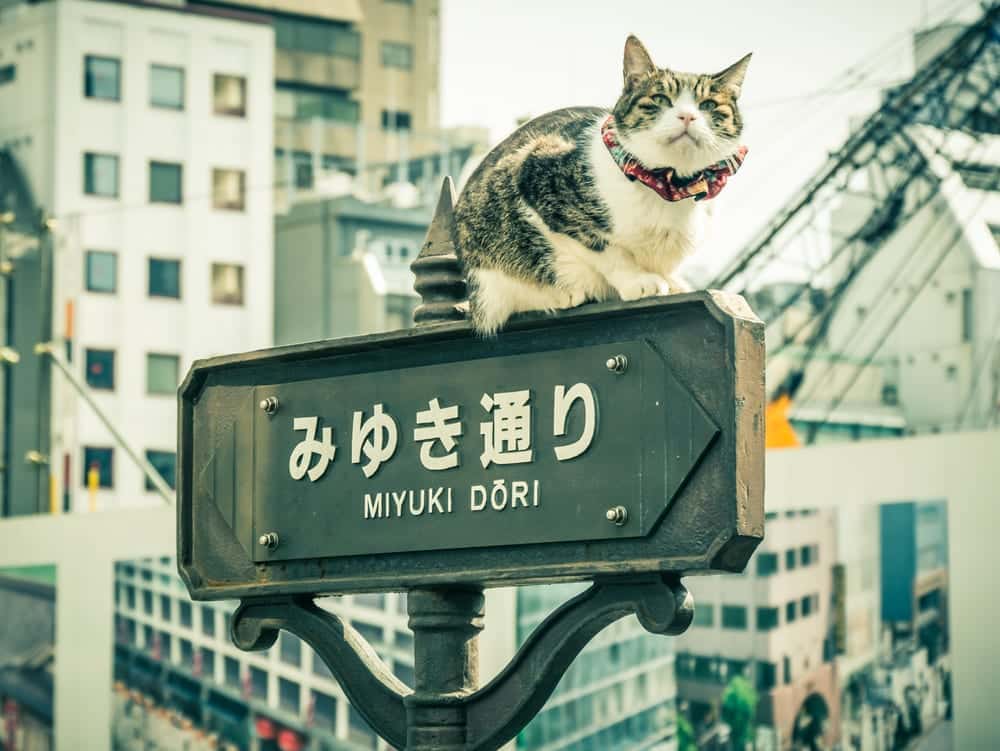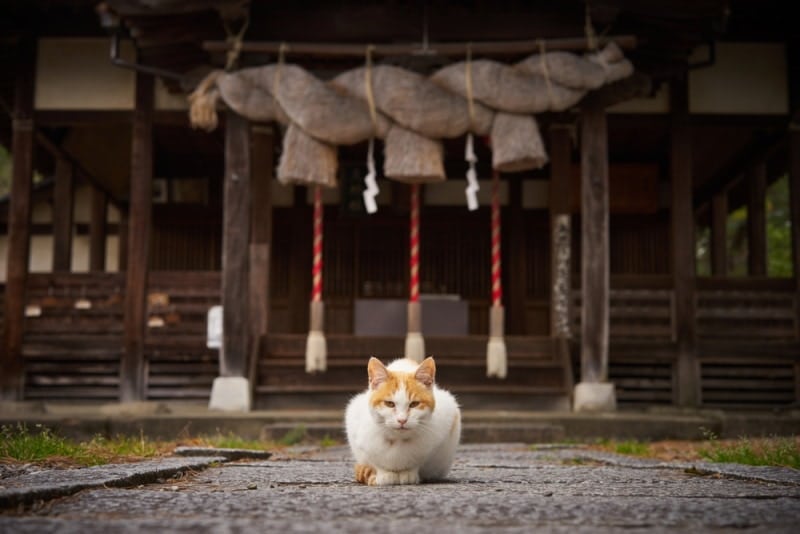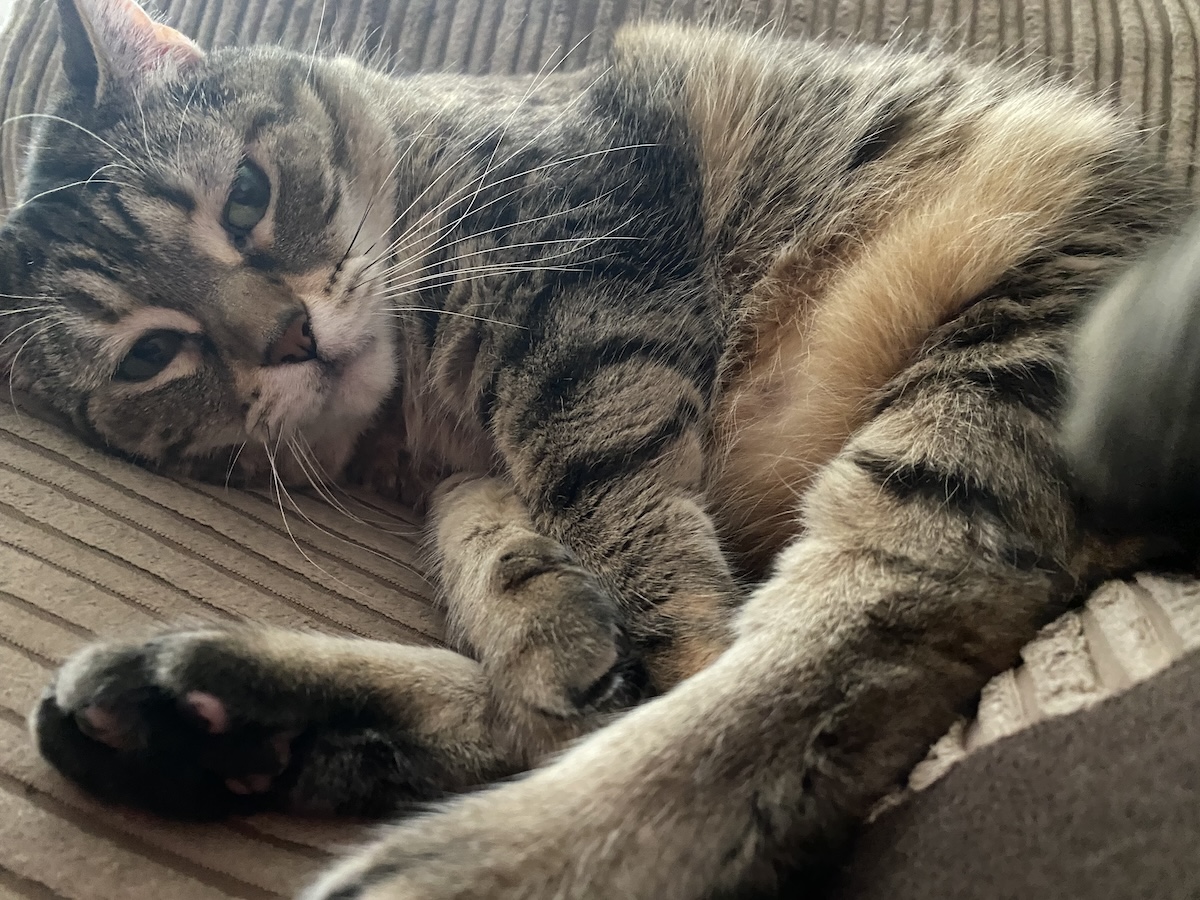National Cat Day in Japan is celebrated on February 22 every year. This date was chosen because the date in Japanese resembles “nyan, nyan, nyan,” which means “meow, meow, meow.” Therefore, if you speak Japanese, it’s a bit of a pun.
This date was decided after a poll in 1978, which the Executive Cat Day Committee ran. (Yes, this minor holiday really has a committee).
How Is National Cat Day Celebrated?
Of course, this holiday is not celebrated widely. However, various local businesses often have cat-themed cuisine or activities. For instance, at some libraries, cat-related books are featured. Many schools also celebrate the day with special readings or projects.
In some areas, gatherings centered around cats are held. However, these are organized locally and vary a lot from year to year. Those looking to participate in one of these gatherings typically have to have their ear to the ground for news as the date approaches.
Cats are one of the most popular pets in Japan. Therefore, the popularity of this day isn’t surprising. Even if someone doesn’t have a cat, they will likely notice the increase in cat-themed items and activities in February.

What Does a Cat Symbolize in Japan?
Cats are extremely popular pets in Japan. Likely this is because many pet-related regulations are stricter in Japan, making it more difficult to own dogs. Plus, cats are thought to bring good fortune to their homes in Japan. Cats are built into Japanese culture like they aren’t in other countries. Therefore, cats are widely accepted and a very common pet.
Japan is home to many cat-based businesses. For instance, you’ll find tons of good-luck cat figurines, as well as cat-themed tea stores and similar businesses. Many people own cats in Japan, but they are also deep in Japanese culture.

Conclusion
National Cat Day in Japan is celebrated similarly to cat holidays in other countries. Often, there are themed items, cuisine, and activities that cat lovers can participate in during this time. Furthermore, cat lovers may gather for different activities on the day itself.
However, this day isn’t a national holiday. Therefore, while many people will know what the day is, they usually don’t go all-out for the celebration. Many people work on this day, which makes any major celebration impossible. Furthermore, while cats are important in Japanese culture, they aren’t so important that workers regularly get the day off.
Featured Image Credit: tagu, Shutterstock











